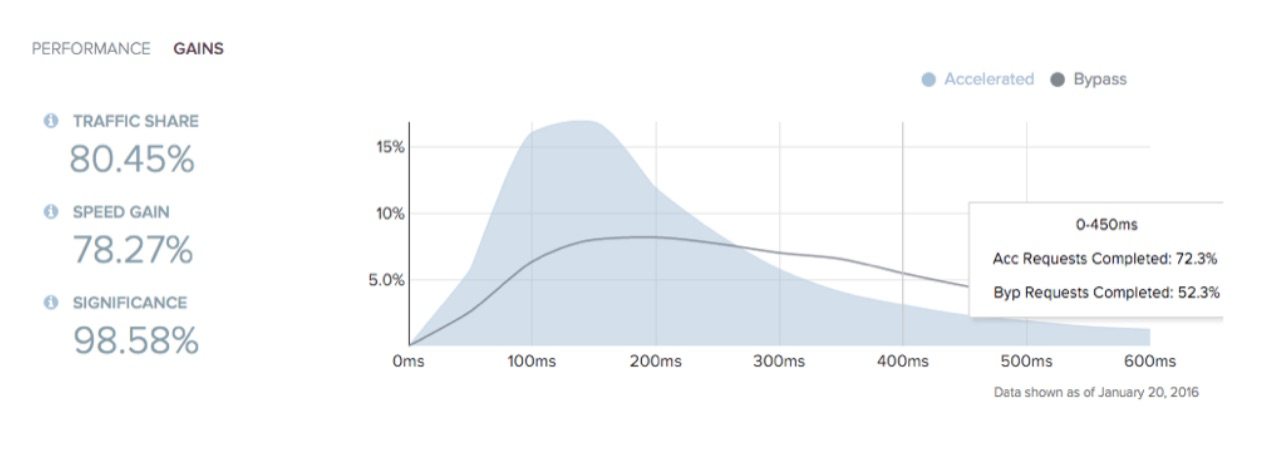Mobile device traffic continues to surge and stress network resources, but opportunities abound for those willing to embrace the challenge
No phenomenon in history can compare to the growth rate of mobile device ownership and consumption of internet bandwidth. It’s an exciting time for mobile carriers, but a challenging one as well. The fabled meaning of the Chinese ideogram for “crisis” comes to mind: a combination of the symbols for danger and opportunity.
In physical terms, “mobility” means movement. In digital terms, it means the movement of data for people on the move. Mobile devices enable people to access content and applications wherever they go and have their experience tailored to their geographic location, demographic profile, behaviors and preferences. These capabilities have greatly enhanced the user experience by providing users with information that is most relevant to them, whether that means finding the closet gas station, locating the best sushi restaurant within a city block or finding the best deal on a new pair of shoes while riding the bus to work.
According to Cisco’s Visual Networking Index, global mobile data usage is growing at a 53% compound annual growth rate and will reach more than 30.6 exabytes per month in 2016. Interestingly, the Middle East and Africa region has the highest CAGR at 117%, followed by Asia Pacific (83%), Latin America (73%) and Central and Eastern Europe (71%). North America (55%) and Western Europe (52%) sit at the bottom of the pack in terms of growth.
Business cannot help but be impacted by the mobile tsunami. Online retailers have cut into in-store sales for the better part of a decade and, in some cases, have completely displaced household names like Circuit City, Borders and Blockbuster. At the same time, businesses that embrace mobile and truly understand the value of user experience have outperformed their peers – think of Jim Cramer’s “FANG” stocks (Facebook, Amazon.com, Netflix and Google) – and have dominated their respective markets.
Because mobile has become a critical component of doing business, getting it wrong can prove disastrous. Mobile introduces a host of challenges and complexities that, if not properly addressed, can hinder the user experience, resulting in customer churn, shorter sessions and lost revenue. Mobile content delivery is highly dependent on devices, operation systems, infrastructure and network capabilities – meaning there are literally billions of combinations, all changing in real time, that have to be accounted for in order to meet consumer expectations. This is especially true in the last mile – the segment of the route from the cell tower to the device itself.
What can go wrong, will
With all these factors in play, new approaches are needed to consistently and effectively deliver mobile content. Fortunately, intelligent infrastructure solutions can greatly improve mobile application performance, helping application developers ensure their apps – and their business – don’t fall behind. This is important in all regions of the world, but is extremely important in emerging markets, which are also the fastest-growing markets, and where bandwidth is limited and infrastructure is not as robust as more developed parts of the world.
There are geo-specific challenges that impact mobile application performance, and Twin Prime’s State of Global Networks Report (Q1, 2016) provides some excellent examples. In this report, billions of network requests were analyzed from over 150 countries, 3,600 operators, 12,000 device models and more than 100 content types to gain a deep understanding of how networks perform.
Network (3G, HSPS, 4G, Wi-Fi) performance issues impact mobile application performance, and the report also provides great examples of this, broken down by city, country and region. The report is definitely worth a look if you want to get a better understanding of the factors that impact network performance and work to build better-performing mobile applications.
DNS to the mobile rescue
Domain name system is the oft-forgotten gem of the internet. Any time a user launches an app or types in a website name on their mobile device, the first thing their device does is to ask the internet “Which IP address should I go to?” The Internet responds with – you guessed it – an IP address. At its most basic level, that is how DNS works. But in a world of mobile devices, multiple data centers, CDNs, fiber cuts, traffic congestion and servers spinning up or going down, what appears to be a simple answer becomes much more complicated and important.
Mobile providers can deploy intelligent DNS solutions that use application, network and infrastructure to optimize mobile content delivery and avoid global internet potholes based upon geographic information and dynamic telemetry. Some use cases for intelligent DNS include geo and telemetry. Geo uses geo-location, including country, state/province or latitude/longitude, to route users to the geographically closest data center or, where needed, geo-fence users to a predefined set of end points (made even more accurate with EDNS-client-subnet support).
As for telemetry, the geographically closest data center isn’t automatically the optimal place to send users. Network congestion, fiber cuts, server health and load distribution are chief among factors that negatively impact mobile content delivery and are challenges that intelligent DNS solutions can solve. Advanced traffic routing solutions can extend these capabilities to include real user monitoring data as well as AppDex data from virtually any source.
DNS has been in use for more than 30 years, but as the digital ecosystem has shifted from the PC to mobile, the old ways of managing DNS simply stopped being effective. Fortunately, intelligent DNS offers application developers a way to make traffic routing decisions much closer to the end user and improve user experience at a very granular level.

The machine learning piece
Tremendous advances have been made recently in the field of machine learning, which entails the use of algorithms to allow computers to make predictions based on data. Machine learning has been around for a long time but, because of the tremendous computing power that is required to ingest, interpret and accurately predict, machine learning was limited to those with access to high-powered computers – typically found at a major university or government agency.
App developers around the world now have access to the compute power necessary to use machine learning in a broad set of applications, thanks to the cloud. This is good news because solving last-mile challenges involves understanding literally billions of user, device and network data inputs and combinations, making machine learning a critical tool for solving mobile content delivery challenges.
Acceleration is key for performance. The image below compares how machine learning-accelerated users perform versus non-accelerated users. In this example, 88% of the app’s global traffic saw an increase in speed of 75%. In addition, users who needed 400 milliseconds to 500 milliseconds to download content were able to download that content in 150 milliseconds or less. Overall, accelerated users benefited from a significant performance advantage and, based on a great deal of user experience data, those users are more likely to improve metrics like session length, session interval, retention rate and abandonment which, in turn, has been shown to boost revenue and LTV.
[machine learning graphic]
Accelerating mobile content with machine learning can make a positive impact on both the client-side and server-side aspect of mobile content delivery, including:
• Selecting the best origin server for content retrieval.
• Choosing the best protocol and protocol parameters based on context.
• Minimizing DNS latency and optimizing routing.
• Reducing packet loss during transport.
• Defining the optimal congestion control and TCP ramp-up based on user context.
• Optimizing cache to increase your app’s cache hit ratio.
There is something of a mobility crisis underway as mobile providers try to keep up with the current data deluge and prepare for what’s ahead as well. There is a real danger of falling so far behind that it’s impossible to ever catch up with competitors, but there’s also a great opportunity to use what they already have to deliver an optimal customer experience. Fortunately, modern mobile content accelerator solutions are designed to work in tandem with CDNs and to complement application performance management and monitoring tools that many app developers already use.
Carl J. Levine is the senior technical evangelist for NS1. He is a marketer, technologist and startup enthusiast all rolled up into one dynamic team leader. Levine is an established and time-tested product manager with the unique ability to iterate use cases, bring understanding to those seeking to explore complicated technical concepts and increase revenue across diverse sales channels. He is an advocate for world-class customer experience and an active participant in New Hampshire High Tech Council’s Entrepreneur Forum.
Editor’s Note: In an attempt to broaden our interaction with our readers we have created this Reader Forum for those with something meaningful to say to the wireless industry. We want to keep this as open as possible, but we maintain some editorial control to keep it free of commercials or attacks. Please send along submissions for this section to our editors at: dmeyer@rcrwireless.com.

